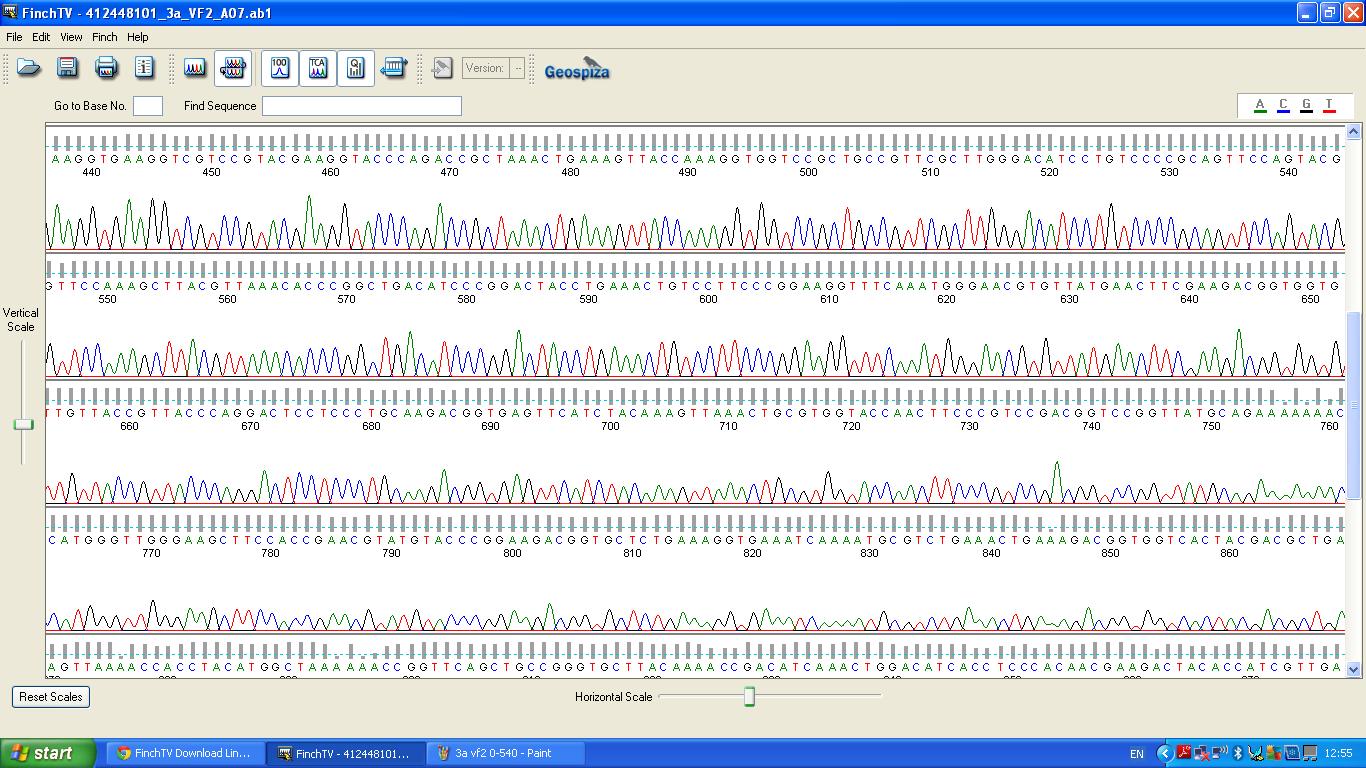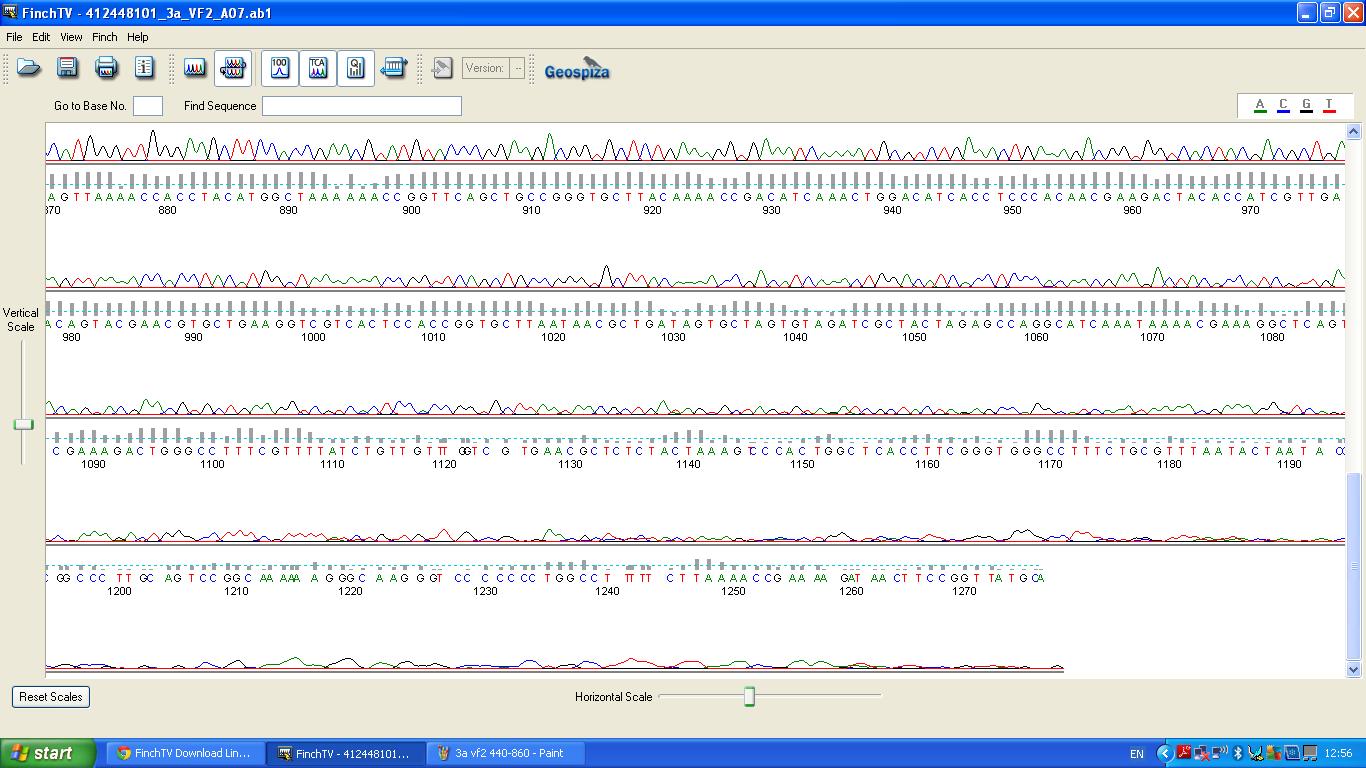Difference between revisions of "Part:BBa K1041001"
(→User Reviews) |
|||
| Line 2: | Line 2: | ||
<partinfo>BBa_K1041001 short</partinfo> | <partinfo>BBa_K1041001 short</partinfo> | ||
| − | Team NRP-UEA_Norwich 2013 designed this part to contain the promoter sequence AntG, where the unique sigma factor AntA binds to activate transcription of the neomycin resistance gene. There is a Nde1 resticition site between the promoter and gene to allow either to be removed and exchanged for a different promoter or gene. This | + | Team NRP-UEA_Norwich 2013 designed this part to contain the promoter sequence AntG, where the unique sigma factor AntA binds to activate transcription of the neomycin resistance gene. There is a Nde1 resticition site between the promoter and gene to allow either to be removed and exchanged for a different promoter or gene. This facilitated cloning of the biobrick [[Bba_K1041002]] |
| − | + | ||
<!-- DON'T DELETE --><partinfo>BBa_K1041000 StartReviews</partinfo> | <!-- DON'T DELETE --><partinfo>BBa_K1041000 StartReviews</partinfo> | ||
Revision as of 11:15, 17 September 2013
Neomycin Resistance Coding Device + AntG promoter
Team NRP-UEA_Norwich 2013 designed this part to contain the promoter sequence AntG, where the unique sigma factor AntA binds to activate transcription of the neomycin resistance gene. There is a Nde1 resticition site between the promoter and gene to allow either to be removed and exchanged for a different promoter or gene. This facilitated cloning of the biobrick Bba_K1041002
UNIQ71b302c5bef9a6d1-partinfo-00000001-QINU UNIQ71b302c5bef9a6d1-partinfo-00000002-QINU
Sequence and Features
- 10COMPATIBLE WITH RFC[10]
- 12COMPATIBLE WITH RFC[12]
- 21COMPATIBLE WITH RFC[21]
- 23COMPATIBLE WITH RFC[23]
- 25INCOMPATIBLE WITH RFC[25]Illegal NgoMIV site found at 757
- 1000INCOMPATIBLE WITH RFC[1000]Illegal SapI.rc site found at 606
Illegal SapI.rc site found at 816
Characterisation
Characterisation of this biobrick involved sequencing, restriction digests and BLAST analysis.
Sequencing
The biobrick was sent off to a company for sequencing.
BLAST Analysis
The data we recieved back from the sequencing company was aligned using BLAST with the expected DNA sequence fig.2



